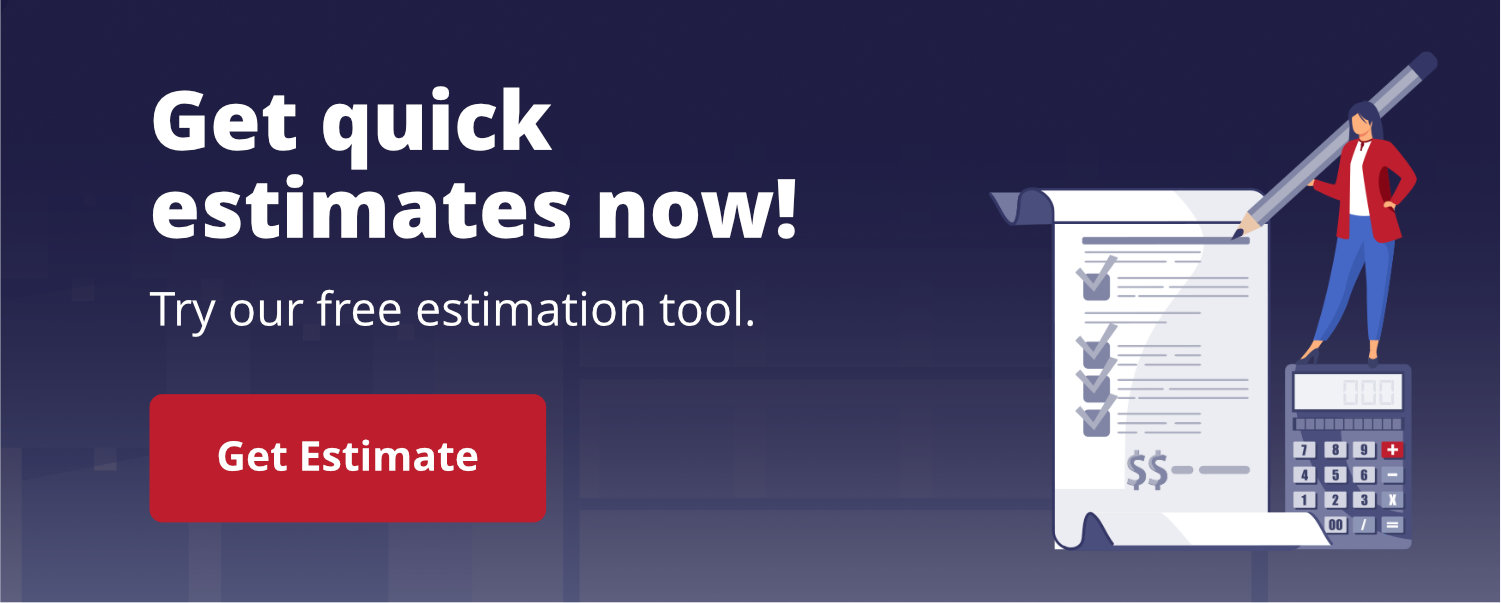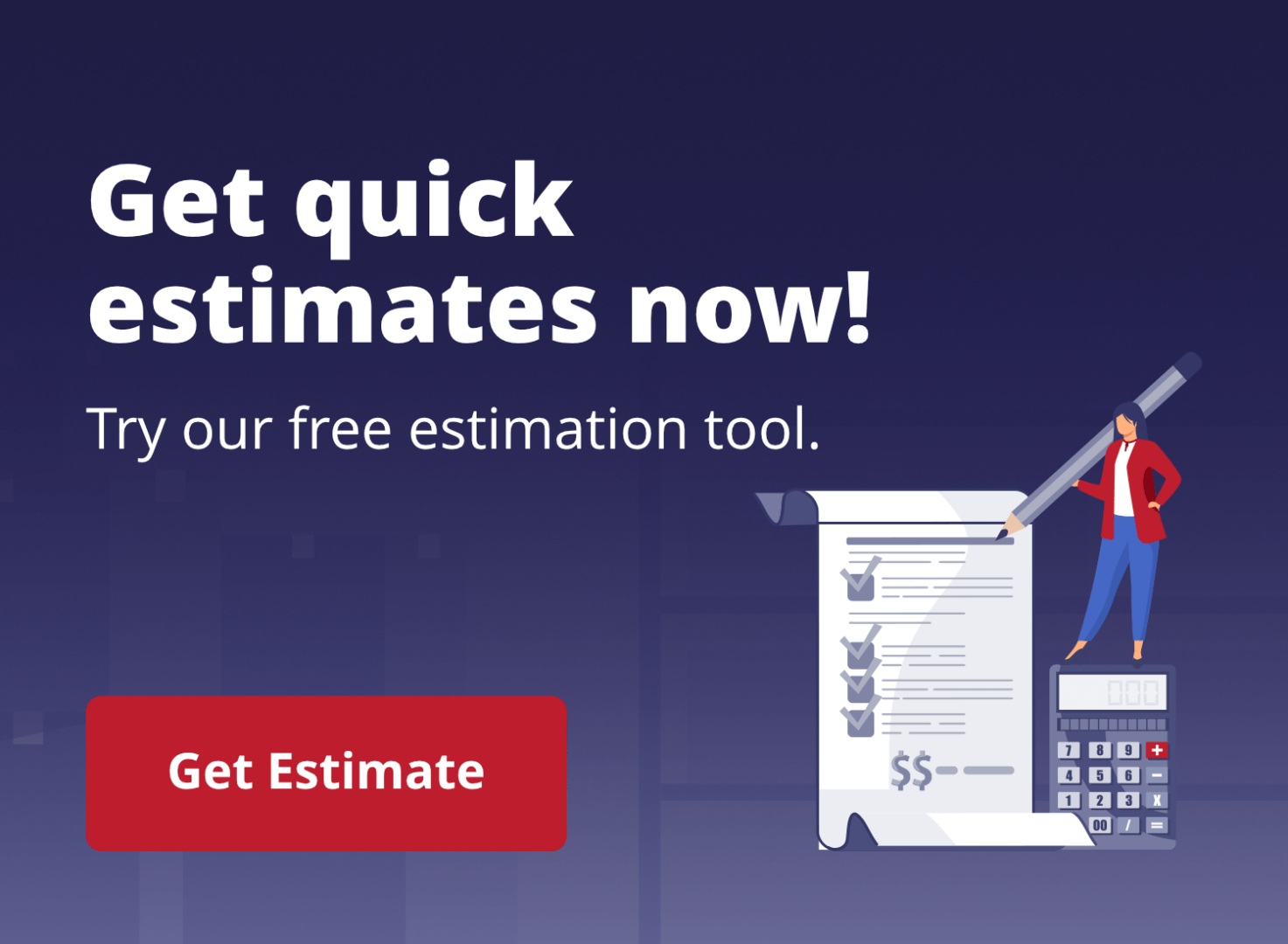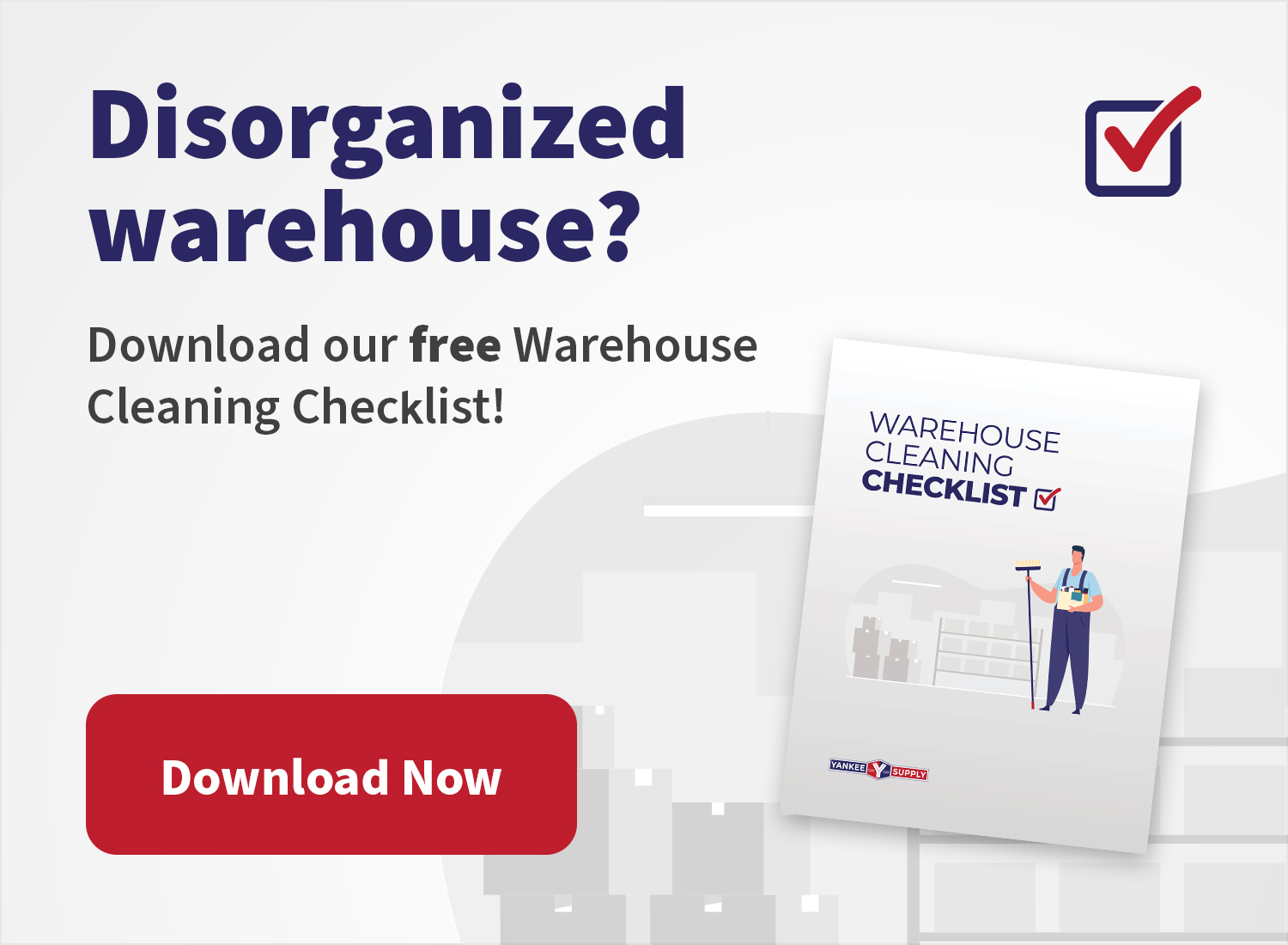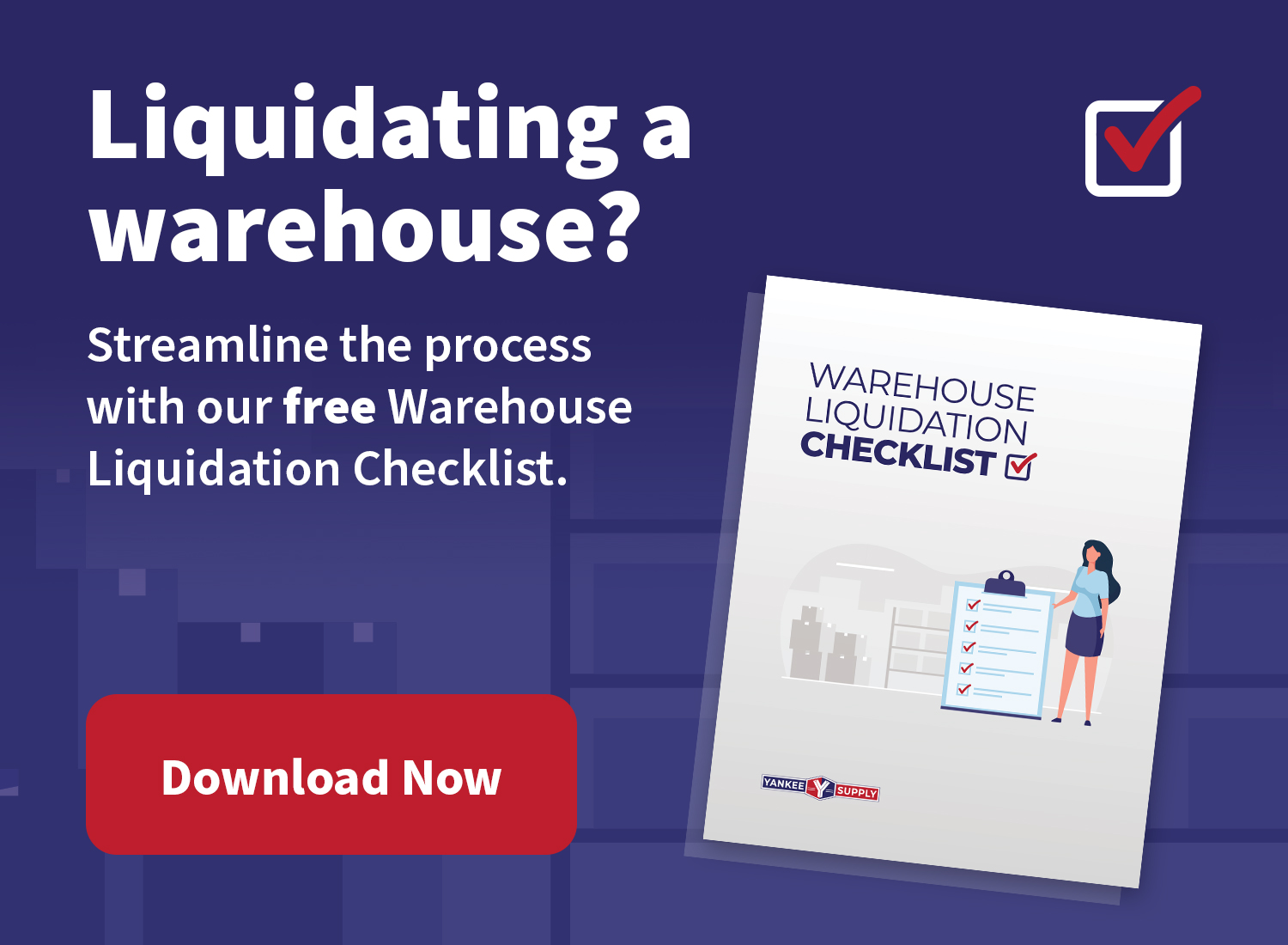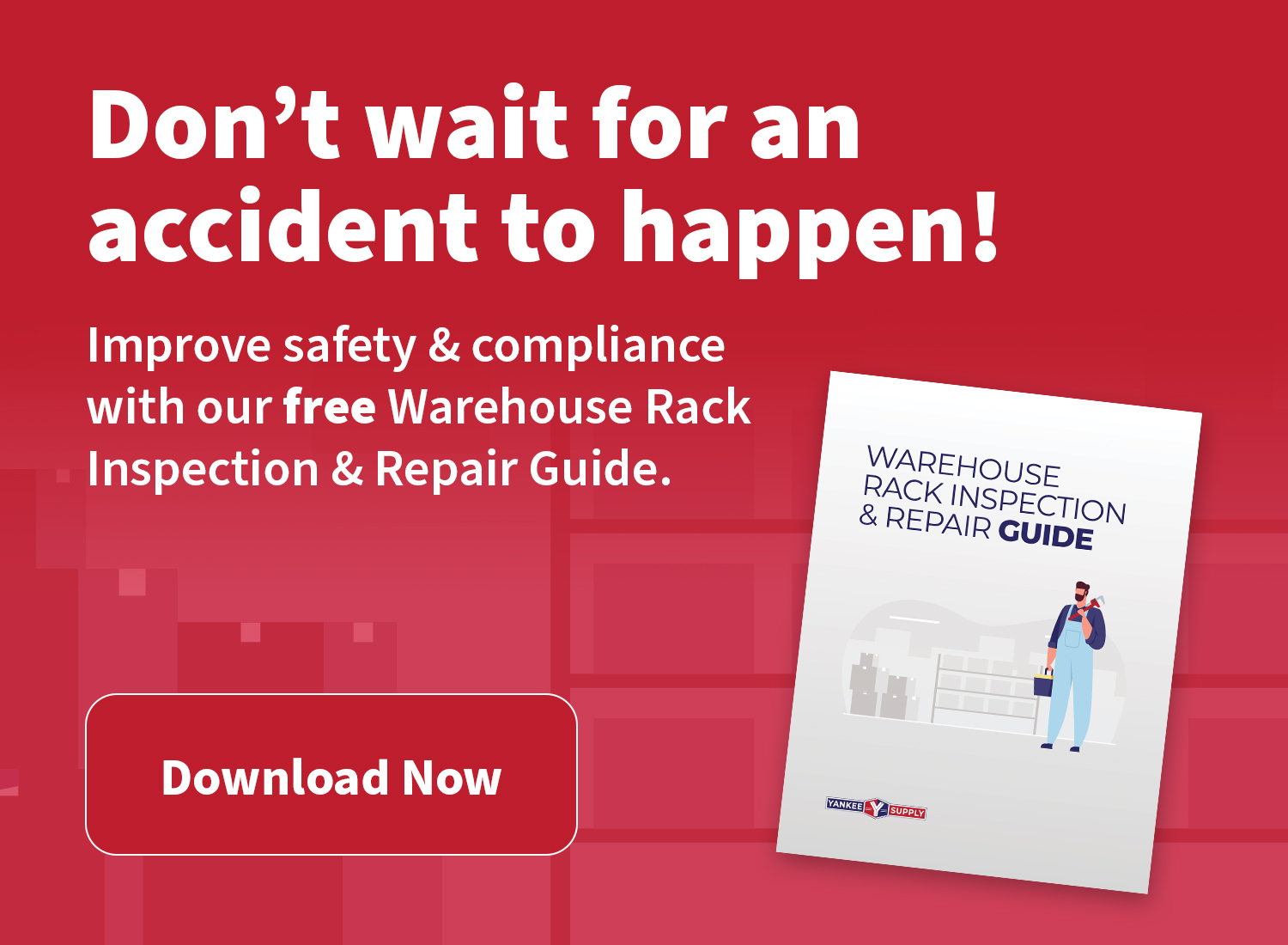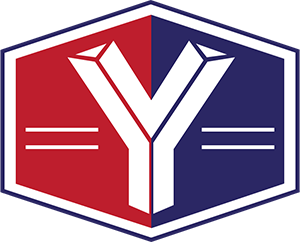Industrial facility budgeting management is a complex task that requires careful planning, strategic resource allocation, and clear communication. Facility budgeting optimization can significantly impact operational efficiency and profitability, thereby impressing stakeholders. Here are seven budgeting tips to help you optimize your budget and win over stakeholders.
1. Set Clear Financial Goals
Define Objectives
Begin by establishing clear financial objectives for your facility and integrating facility budgeting into the process. These objectives should align with your overarching business strategy and resource allocation. Whether your goals include reducing operational costs, maximizing return on investment (ROI), or expanding capabilities, having specific objectives will serve as a roadmap for your budgeting process. Integrating facility budgeting with your financial objectives ensures that resources are allocated effectively to support achieving your goals while maintaining financial stability and sustainability.
Measure Success
Establish key performance indicators (KPIs) to measure the success of your financial goals. This can include metrics like cost savings, profit margins, and ROI. Regularly review these KPIs to track progress and make necessary adjustments.
Communicate Facility Budgeting Goals
It’s important to communicate your financial goals effectively with all relevant parties. When everyone is on the same page and understands the objectives, they can collaborate more efficiently to achieve the desired financial outcomes.
2. Conduct a Thorough Cost Analysis
Identify Fixed and Variable Costs
Incorporate facility budgeting into the process by distinguishing between fixed costs (e.g., rent, salaries) and variable costs (e.g., raw materials, utilities). Understanding these distinctions is crucial for making informed decisions about expense reduction or resource allocation within your operating budget. By delineating fixed and variable costs, you gain insights into areas where cost-saving measures can be implemented, or additional resources are allocated effectively. This approach ensures that your operating budget is optimized to support your facility’s financial health and operational efficiency.
Benchmarking
Utilize benchmarking as a strategic tool to evaluate and compare your organization’s costs with industry standards. This process enables you to pinpoint areas where you may be exceeding typical expenditure and identify potential opportunities for cost savings.
Cost Control Strategies
One effective way to manage expenses in your facility budgeting is to implement cost-control strategies. These can involve negotiating with suppliers to secure better pricing, optimizing inventory levels to reduce carrying costs, and implementing measures to minimize waste and unnecessary expenditures.
3. Implement Strategic Resource Allocation
Prioritize Investments
Strategic management involves prioritizing investments that yield the highest return on investment. Focus on areas directly impacting production efficiency, quality, and customer satisfaction. Investing in modern equipment or technology can enhance productivity and reduce long-term costs.
Reallocate Resources
Periodically review each department’s or project’s performance and adjust resource allocation accordingly. This practice ensures that funds are directed to areas with the most significant impact and optimizes the use of resources within your facility. By aligning resource allocation with performance evaluations, you can effectively prioritize investments and maximize the efficiency and effectiveness of your facility budgeting process.
Contingency Planning
Create a contingency plan in your budget for unexpected expenses. Setting aside a reserve fund aids in managing unforeseen challenges without disrupting operations. Strategic management of these funds ensures smooth resource allocation during crises. Having this plan not only prepares your business for surprises but also strengthens overall financial stability. You can handle unexpected costs efficiently by integrating contingency planning into your strategic management approach. This proactive step ensures that your operations remain steady despite sudden financial demands. Thus, resource allocation becomes more effective, and your business remains resilient.
4. Leverage Technology for Budget Optimization
Budgeting Software
Invest in budgeting software that offers detailed financial analysis and forecasting capabilities. These tools can automate data collection, streamline the facility budgeting process, and provide real-time insights into your financial health.
Data Analytics
Incorporate facility budgeting by leveraging data analytics to gain deeper insights into your spending patterns and identify opportunities for savings. Analyzing historical data not only helps predict future trends but also enables you to make informed, data-driven decisions about resource allocation within your facility budget. Integrating data analytics into your budgeting process allows you to optimize spending, improve financial forecasting, and enhance overall financial management within your facility.
Integration with ERP Systems
Integrate your facility budgeting software with enterprise resource planning (ERP) systems to view your operations comprehensively. This integration enables better coordination between financial planning and other business functions.
5. Focus on Energy Efficiency
Energy Audits
Conducting regular energy audits is essential for identifying inefficiencies in your facility. Integrating energy audits into your facility budgeting process allows you to prioritize investments in energy-saving initiatives that offer the greatest potential for cost savings and operational efficiency improvements. This proactive approach to energy management aligns with your overall facility budgeting goals, ensuring that resources are allocated effectively to optimize energy usage and reduce operational expenses.
Invest in Energy-Saving Technologies
Investing in energy-saving technologies, such as LED lighting, energy-efficient HVAC systems, and automated controls, can lead to substantial cost savings. These investments often pay for themselves through reduced utility bills.
Monitor Energy Usage
Implement monitoring systems to track energy usage in real-time. This will allow you to identify and address issues, ensuring ongoing energy efficiency quickly.
6. Enhance Stakeholder Engagement
Transparent Reporting
To maintain transparency, provide stakeholders with regular, detailed financial reports. Clear and honest communication builds trust and demonstrates your commitment to responsible financial management.
Involve Stakeholders in Budgeting Process
Ensure effective stakeholder communication by engaging stakeholders in budgeting and seeking their input and feedback. This collaborative approach ensures that their concerns and priorities are considered, fostering greater buy-in and support for the budgeting decisions. By incorporating stakeholder input, you promote transparency and accountability, ultimately enhancing the success and acceptance of the budgeting process.
Highlight Achievements
Highlight achievements and milestones achieved through effective budgeting regularly. Showcasing these successes helps reinforce the value of your budgeting efforts and keeps stakeholders informed and engaged.
7. Continuously Review and Adjust
Regular Budget Reviews
Conduct regular budget reviews to assess performance and make necessary adjustments. Monthly or quarterly reviews can help you stay on track and address any issues promptly.
Flexible Budgeting
Embrace a flexible budgeting approach that enables adjustments based on evolving conditions. This adaptability is essential for responding effectively to market fluctuations, seizing new opportunities, and overcoming unexpected challenges. Adopting a flexible budgeting strategy empowers your organization to proactively navigate changing circumstances, optimize resource allocation, and maintain financial resilience.
Continuous Improvement
Embrace a culture of continuous improvement. Regularly seek feedback from your team and stakeholders to identify areas for enhancement. Implementing their suggestions can lead to more effective budgeting practices and greater stakeholder satisfaction.
Conclusion
Optimizing your industrial facility’s budget requires a strategic approach, detailed analysis, and ongoing stakeholder engagement. By setting clear financial goals, conducting thorough cost analyses, implementing strategic resource allocation, leveraging technology, focusing on energy efficiency, enhancing stakeholder engagement, and continuously reviewing and adjusting your budget, you can achieve budget optimization and impress your stakeholders.
Effective budgeting is not just about cutting costs but about making smart investments that drive growth and efficiency. By following these tips, you can create a robust budgeting process that supports your operational goals and demonstrates your commitment to financial excellence. With a well-optimized budget, you can ensure long-term success and stakeholder confidence in your industrial facility’s future.






